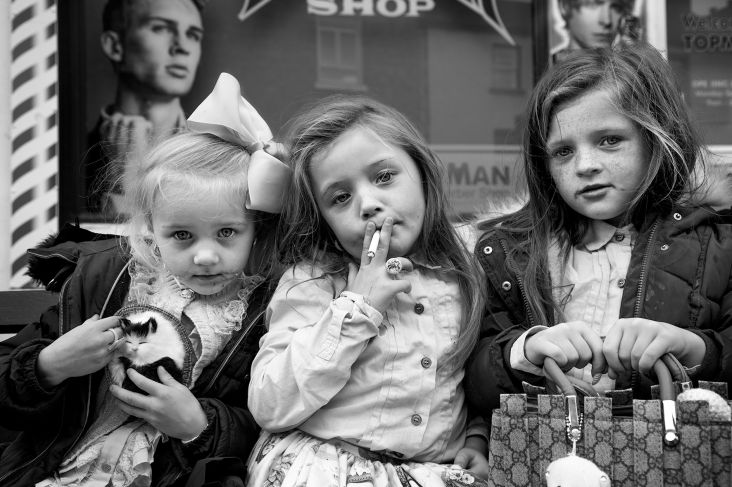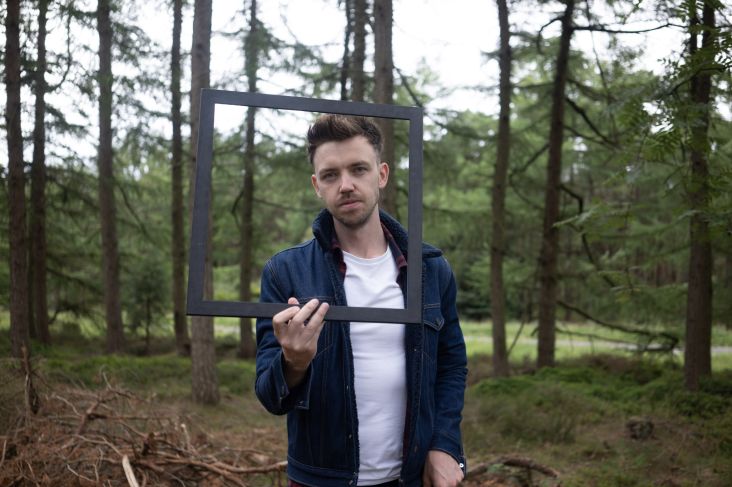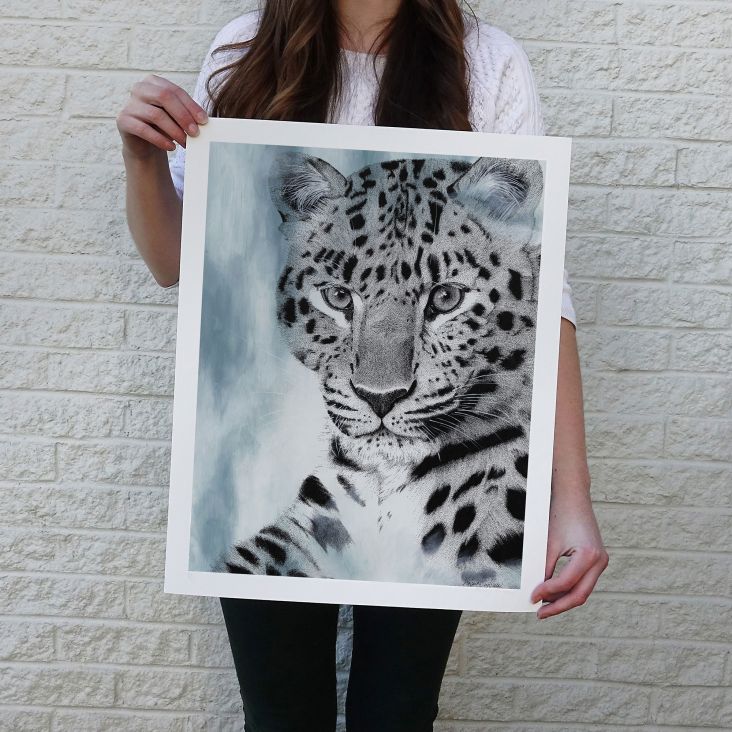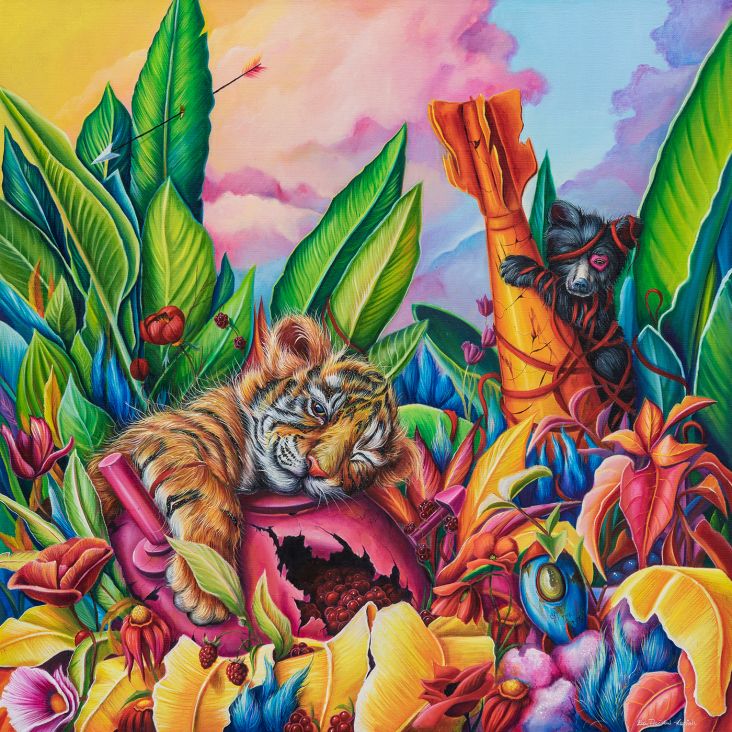A timely retrospective of Helen Levitt, featuring street photographs of New York during the Great Depression
She was one of the foremost exponents of American street photography; a passionate observer and chronicler of everyday street life in New York. Now a significant retrospective of Helen Levitt couldn't be more timely, as we once again revisit her photographs from the Great Depression.
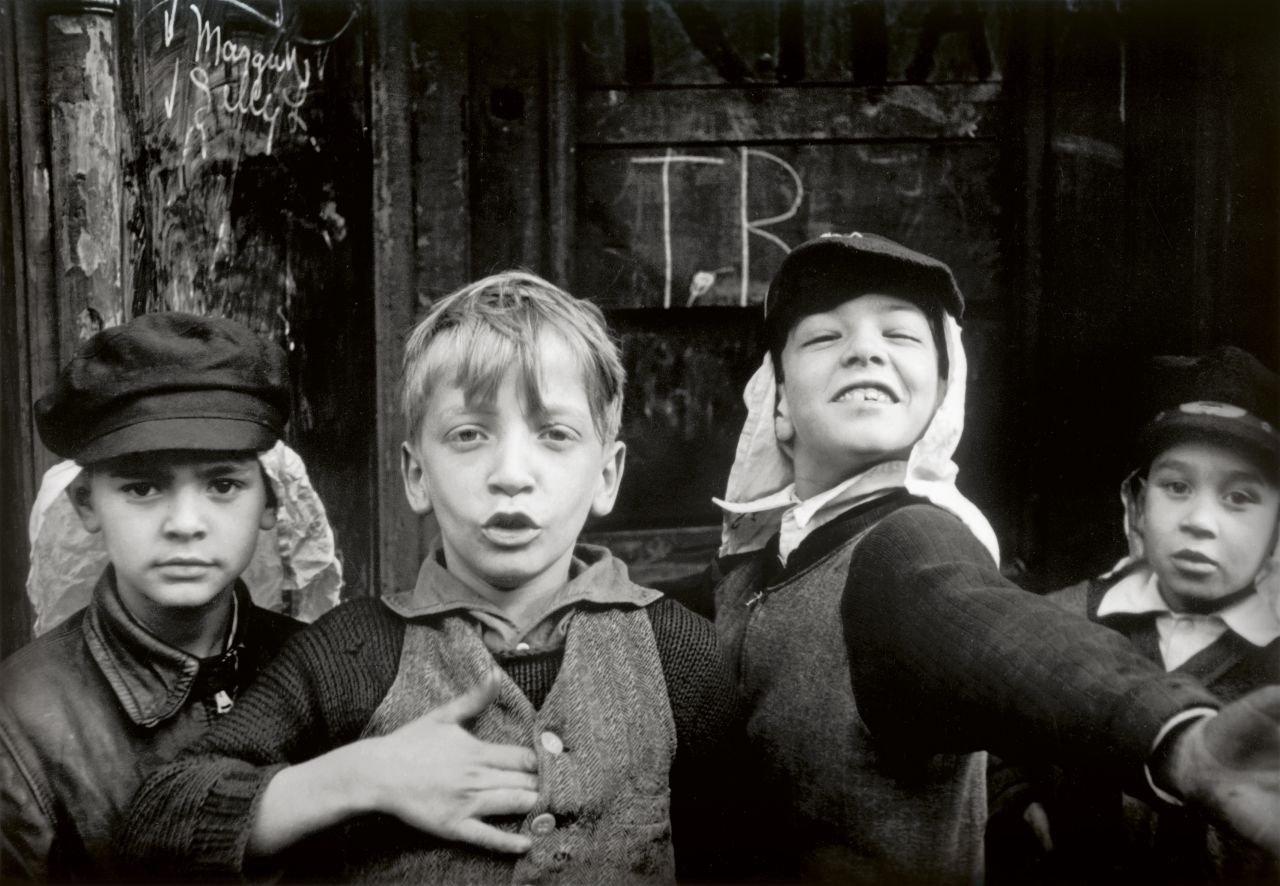
Helen Levitt, New York, 1940 Albertina, Vienna. Permanent loan of the Austrian Ludwig Foundation for Art and Science © Film Documents LLC / courtesy Galerie Thomas Zander, Cologne
To be celebrated at The Photographers' Gallery in London this July (if all goes well), Levitt spent decades documenting residents of the Big Apple's more impoverished neighbourhoods such as the Lower East Side and Harlem. Her images are full of drama, a surreal sense of humour and her use of colour photography was revolutionary: Levitt is deemed as one of the pioneers of using colour as a means of artistic expression.
Born and raised in New York, Levitt's interest in photography began in 1931; she learned darkroom technique while working for a portrait photographer, and by age sixteen had decided to become a professional photographer. She was especially inspired by the photographs of Walker Evans and Henri Cartier-Bresson, both of whom became friends.
Her most iconic works have been also brought together in a new book, Helen Levitt, published by Kehrer Verlag. It features around 130 of Levitt's iconic works. These range from her early, surrealism-influenced photographs of chalk drawings to her 1941 photos from Mexico and the clandestinely shot portraits of New York subway passengers that Walker Evans encouraged her to do in 1938.
An essay by Duncan Forbes reads: "Helen Levitt's photographs are easy to read but difficult to fathom. Taking shape at the end of the 1930s, a decade of economic crisis, and surrounded in New York by the buzz of every kind of celluloid media, they reveal to us something profound about the world – with little comment. A Levitt photograph does not so much narrate as emanate. It communicates the lived experience of the streets rather than urban life filtered by social or political concerns."
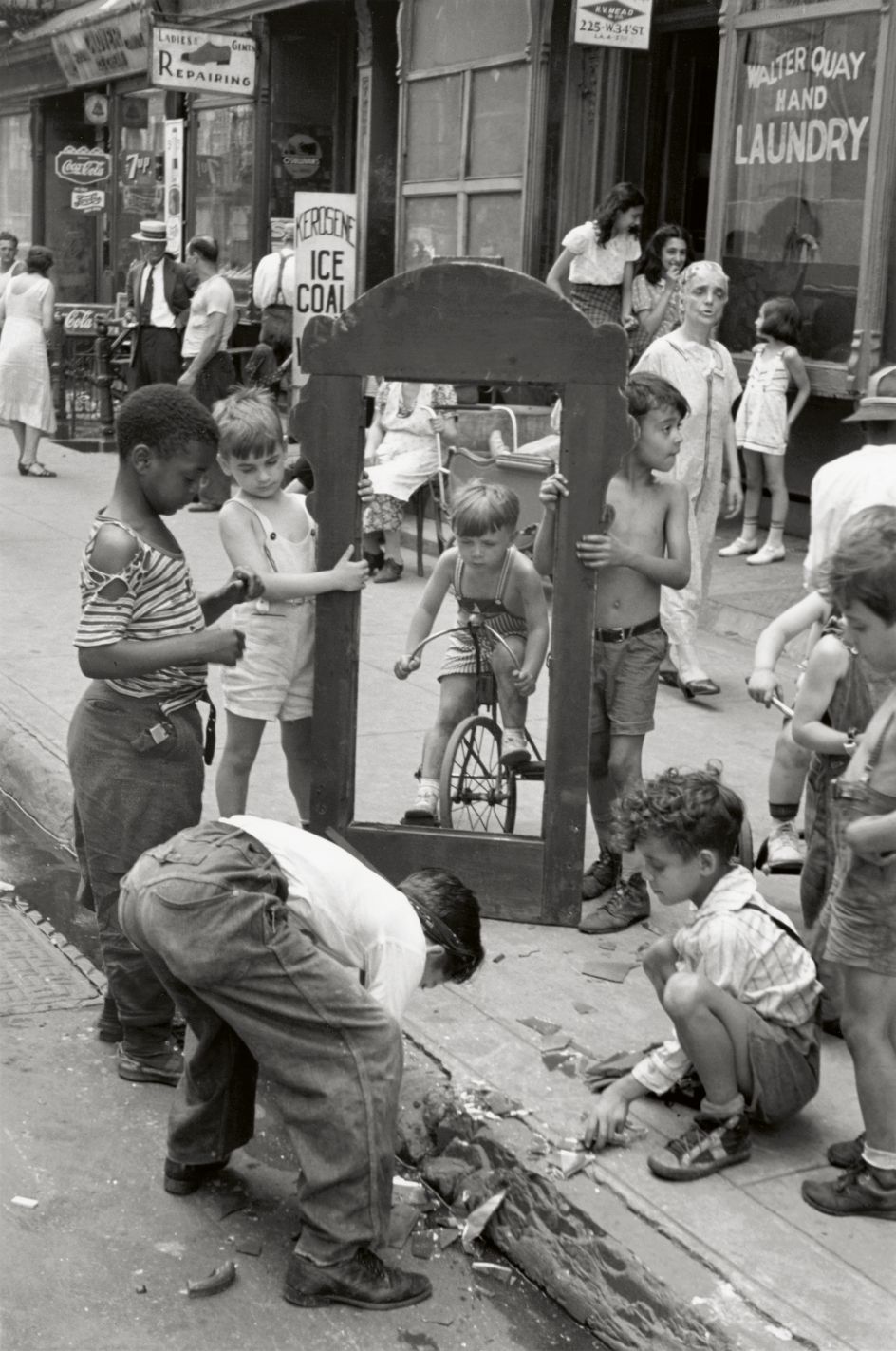
Helen Levitt, New York, 1940 Albertina, Vienna. Permanent loan of the Austrian Ludwig Foundation for Art and Science © Film Documents LLC / courtesy Galerie Thomas Zander, Cologne
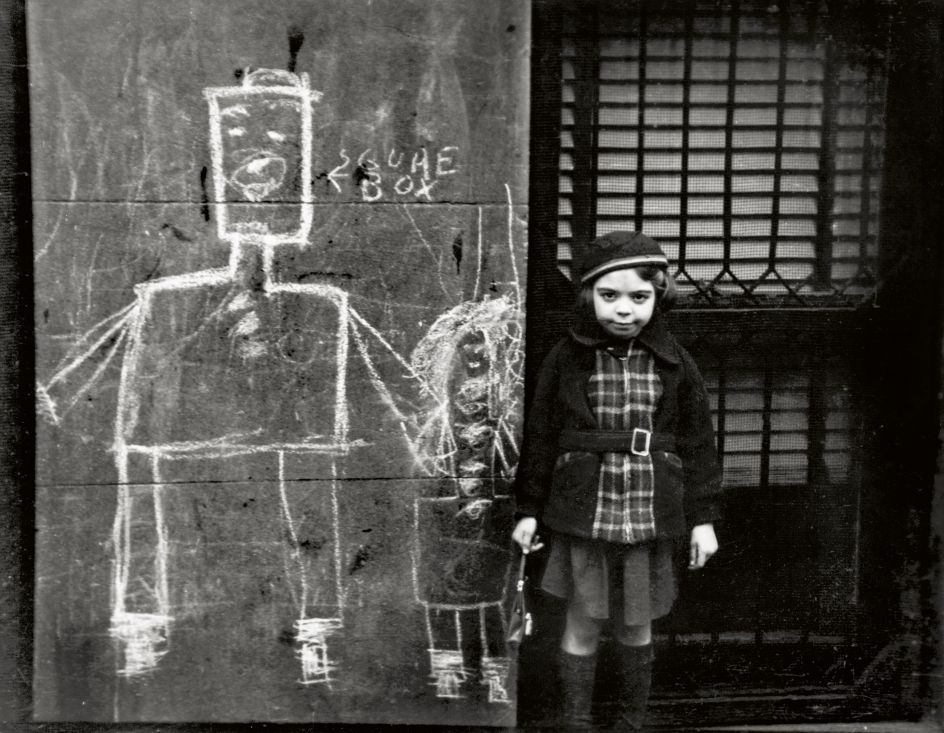
Helen Levitt, New York, 1938 Collection Martin Z. Margulies © Film Documents LLC / courtesy Galerie Thomas Zander, Cologne
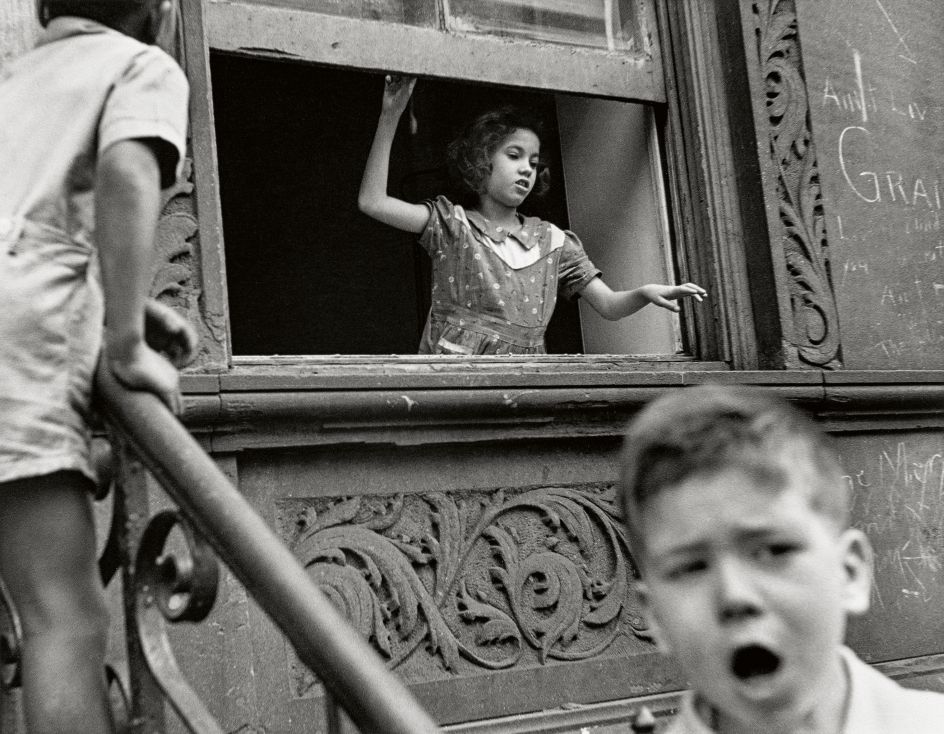
Helen Levitt, New York, ca. 1940 Film Documents LLC © Film Documents LLC / courtesy Galerie Thomas Zander, Cologne
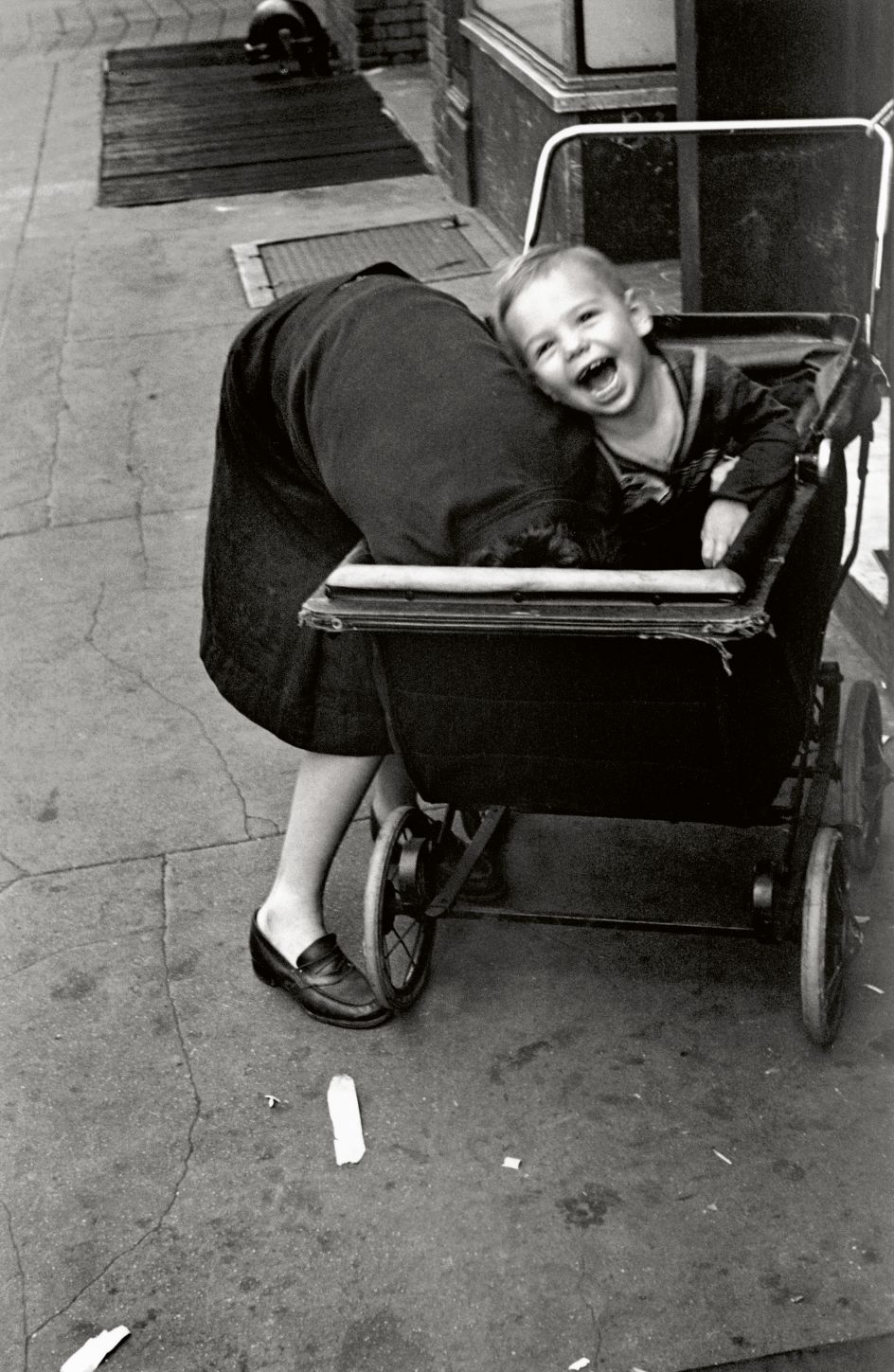
Helen Levitt, New York, 1940 Albertina, Vienna. Permanent loan of the Austrian Ludwig Foundation for Art and Science © Film Documents LLC / courtesy Galerie Thomas Zander, Cologne
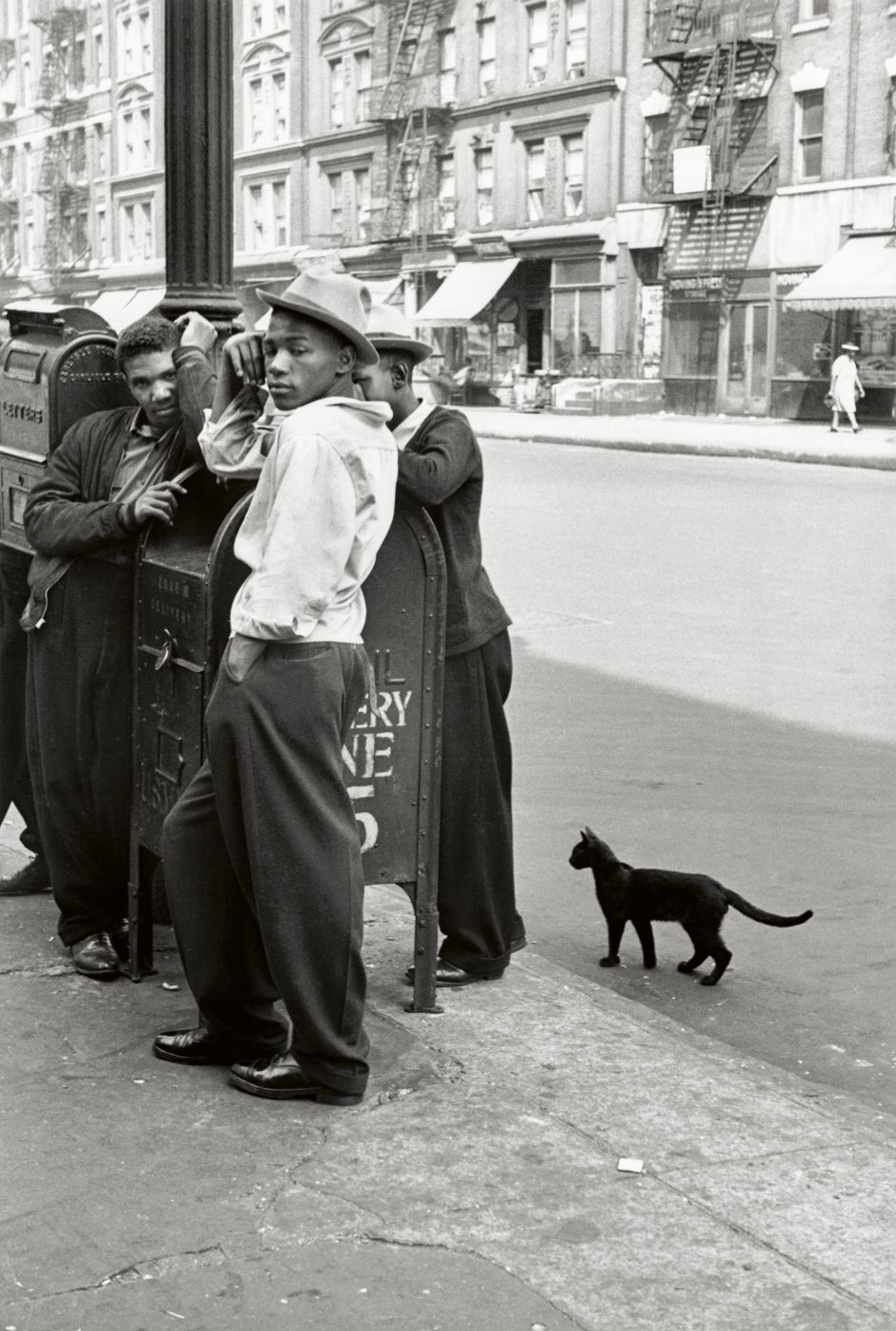
Helen Levitt, New York, 1945 Albertina, Vienna. Permanent loan of the Austrian Ludwig Foundation for Art and Science © Film Documents LLC / courtesy Galerie Thomas Zander, Cologne
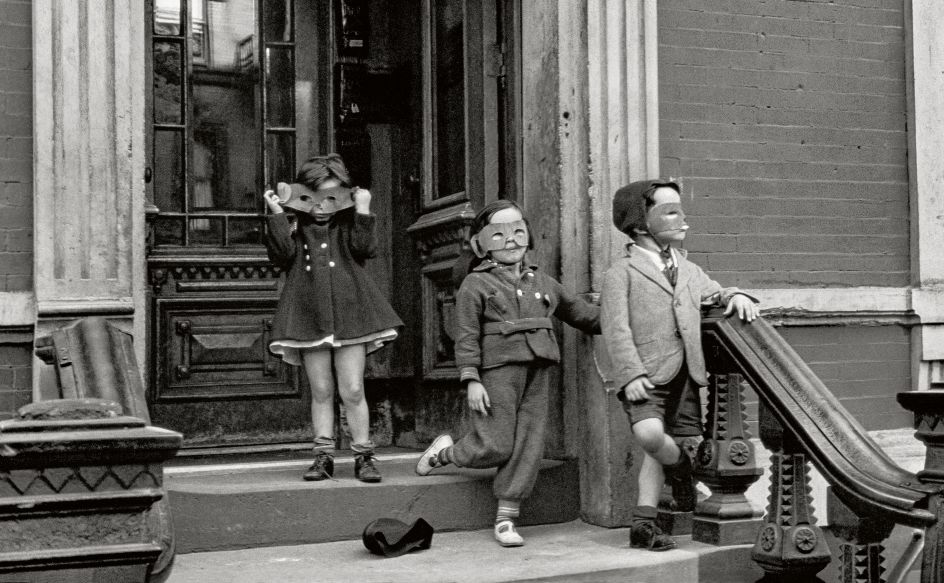
Helen Levitt, New York, 1940 Albertina, Vienna. Permanent loan of the Austrian Ludwig Foundation for Art and Science © Film Documents LLC / courtesy Galerie Thomas Zander, Cologne
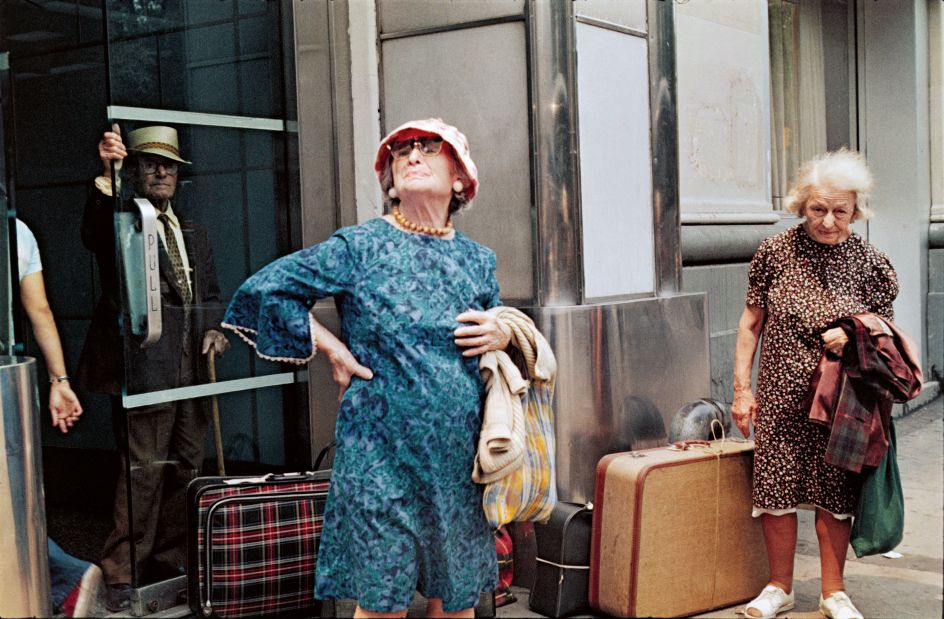
Helen Levitt, New York, 1973 Film Documents LLC © Film Documents LLC / courtesy Galerie Thomas Zander, Cologne
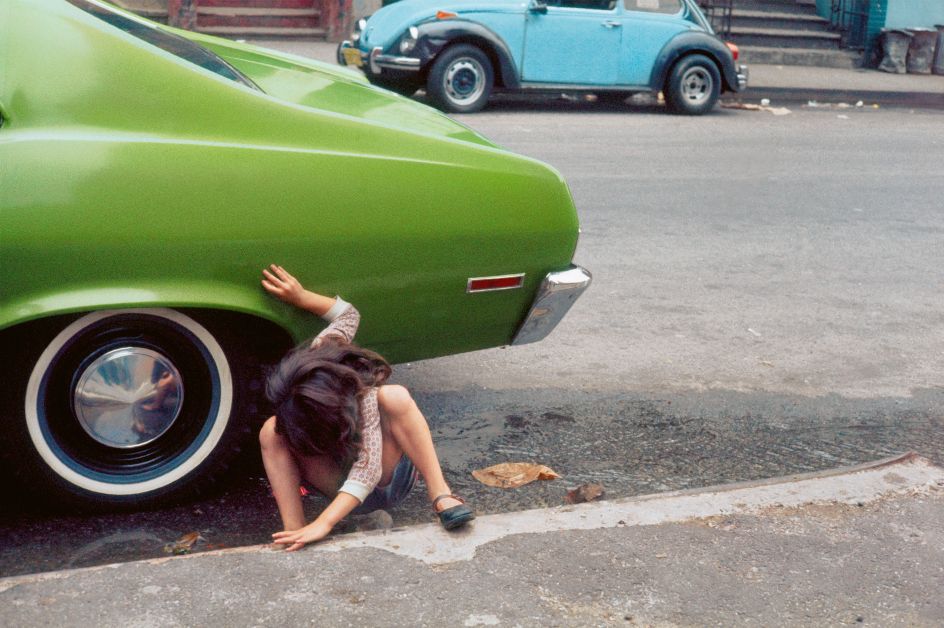
Helen Levitt, New York, 1980 Private collection © Film Documents LLC / courtesy Galerie Thomas Zander, Cologne
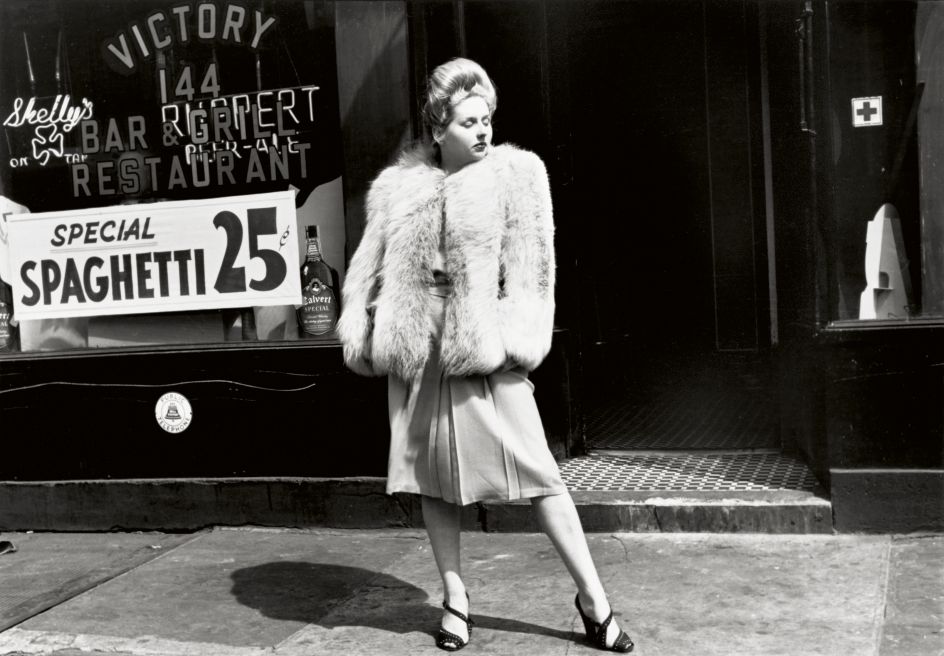
Helen Levitt, New York, ca. 1940 Film Documents LLC © Film Documents LLC / courtesy Galerie Thomas Zander, Cologne




 by Tüpokompanii](https://www.creativeboom.com/upload/articles/58/58684538770fb5b428dc1882f7a732f153500153_732.jpg)

 using <a href="https://www.ohnotype.co/fonts/obviously" target="_blank">Obviously</a> by Oh No Type Co., Art Director, Brand & Creative—Spotify](https://www.creativeboom.com/upload/articles/6e/6ed31eddc26fa563f213fc76d6993dab9231ffe4_732.jpg)









